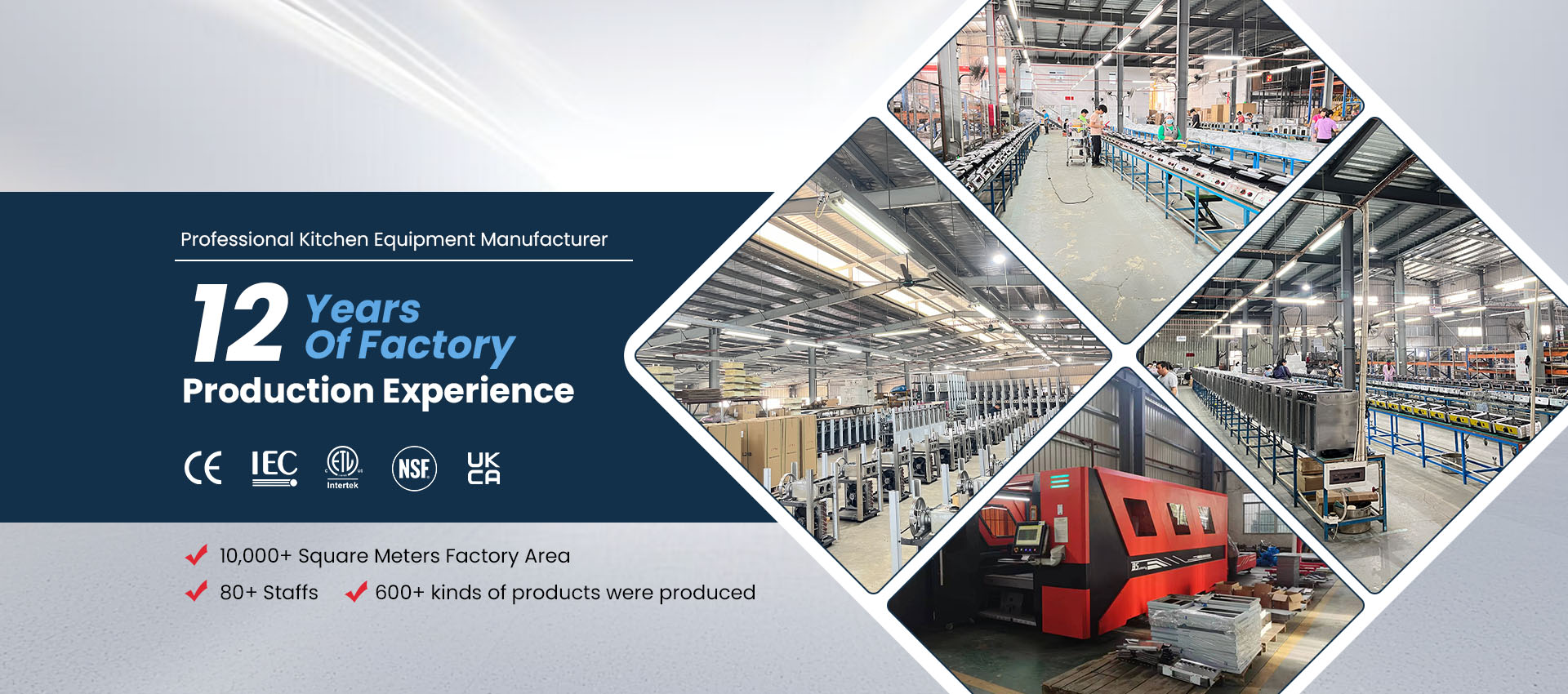Which Is Better Gas Or Electric Deep Fryer
Key Differences Between Gas and Electric Deep Fryers
First, let’s look at how each works, and what that implies for performance, cost, and maintenance.
| Feature | Gas Deep Fryer | Electric Deep Fryer |
|---|---|---|
| Heating mechanism | External burners or tubes around/under the oil vat, using natural gas or propane | Electric heating elements immersed in or adjacent to the oil |
| Heat-up / recovery speed | Heats oil via conduction from burners; may take longer to reach and recover temperature under load | Direct heating often gives faster recovery and temperature stability |
| Energy efficiency | Some heat is lost in the path from burner to oil; efficiency can be lower depending on design | More efficient heat transfer — less energy wasted because elements are directly in or against the oil |
| Fuel / utility cost | Gas is often cheaper per energy unit in many regions, which can make operating costs lower over time | Electric power tends to cost more per energy unit; operating an Electric Fryer may be more expensive in many areas |
| Installation & infrastructure | Needs gas lines, proper ventilation, safety devices, gas regulators — more complex setup and higher initial cost | Easier to install (plug-in or dedicated circuit), no gas piping required, simpler infrastructure |
| Maintenance & cleaning | Burner tubes, orifices, pilot systems, and exhaust paths require regular cleaning and inspection. More mechanical parts → more maintenance | Fewer mechanical parts, simpler design, easier cleaning (elements removable or easier to access) |
| Portability / flexibility | Less portable because of gas line, ventilation, and infrastructure constraints | More portable and flexible since you only need electrical supply |
| Maximum temperature / capacity | Gas Fryers often can reach very high temps and handle large capacities | Electric fryers might have limits in maximum safe temp and heat power depending on element rating |
| Consistency under load | Temperature drop when many food items are added; slower recovery | Because heating is direct, temperature recovery tends to be better under load |
Pros & Cons: Gas vs Electric Deep Fryers
Advantages of Gas Deep Fryers
Lower fuel cost (often): In many regions, natural gas or propane is cheaper than electric power, so the operating cost per hour is lower.
High capacity / high heat: Better for high-volume frying, where the burner power helps maintain temperature when multiple batches are being cooked.
Strong heating capability: Gas can deliver strong and sustained heat for demanding frying tasks.
Infrastructure consistency: In many commercial kitchens, gas lines and ventilation are already present.
Disadvantages of Gas Deep Fryers
More complex installation: Need gas lines, safety interlocks, ventilation, regulators, code compliance.
Higher maintenance burden: Burners, gas orifices, tubes, ignition systems, exhaust — more parts that must be cleaned or serviced.
Heat loss: Some energy is lost as heat to surroundings before it gets to the oil.
Less responsive under load: Slower recovery when you add cold food batches.
Ventilation and safety requirements: More demanding in terms of exhaust and safety design.
Advantages of Electric Deep Fryers
Better heat-transfer efficiency: Because elements are in or directly beside the oil, less energy is wasted.
Faster recovery times: Quicker to return to temperature after a load of food is added.
Simpler installation and mobility: No gas piping; plug-in operation (if the electrical infrastructure supports it).
Less maintenance complexity: Fewer parts, fewer gas-related issues.
Cleaner installation: No combustion, so no flue gasses or extra ventilation for fuel exhaust.
Disadvantages of Electric Deep Fryers
Higher electricity costs: Electric energy usually costs more per unit than gas, so operating costs may be higher.
Limits on maximum power / temperature: Some electric units may not reach the high heat that gas units can sustain, especially under heavy load.
Infrastructure demands: Requires sufficient electrical capacity (wiring, breaker, amperage).
Not ideal for large-scale operations: In very high throughput kitchens, electric units may be challenged to keep up unless well spec’d.
Which Is Better Depends on Your Use Case
There isn't a one-size-fits-all answer. The ideal choice depends heavily on your context:
High-volume, continuous frying (restaurant, food service): Gas tends to win because of lower fuel cost and capacity advantages.
Moderate volume or flexibility needs: Electric may be better, especially if you lack gas piping or want simplicity.
Limited infrastructure: If you don’t have gas access, electric is the more practical choice.
Mobility / small kitchens: Electric offers more flexibility and portability.
Cost sensitivity over lifetime: Factor not just purchase cost but ongoing energy, maintenance, repairs, and infrastructure.
My View & Recommendation for MLP Kitchen Audience
Given typical independent-site or smaller kitchens (or kitchens upgrading appliances):
If you already have a gas infrastructure (gas line, ventilation), a gas deep fryer probably gives you the best balance of power and long-term fuel cost savings.
If your kitchen doesn’t support gas or you prefer easier installation and lower maintenance, an electric deep fryer may be more practical and cost-effective overall.
Previous: How To Install A Gas Deep Fryer



